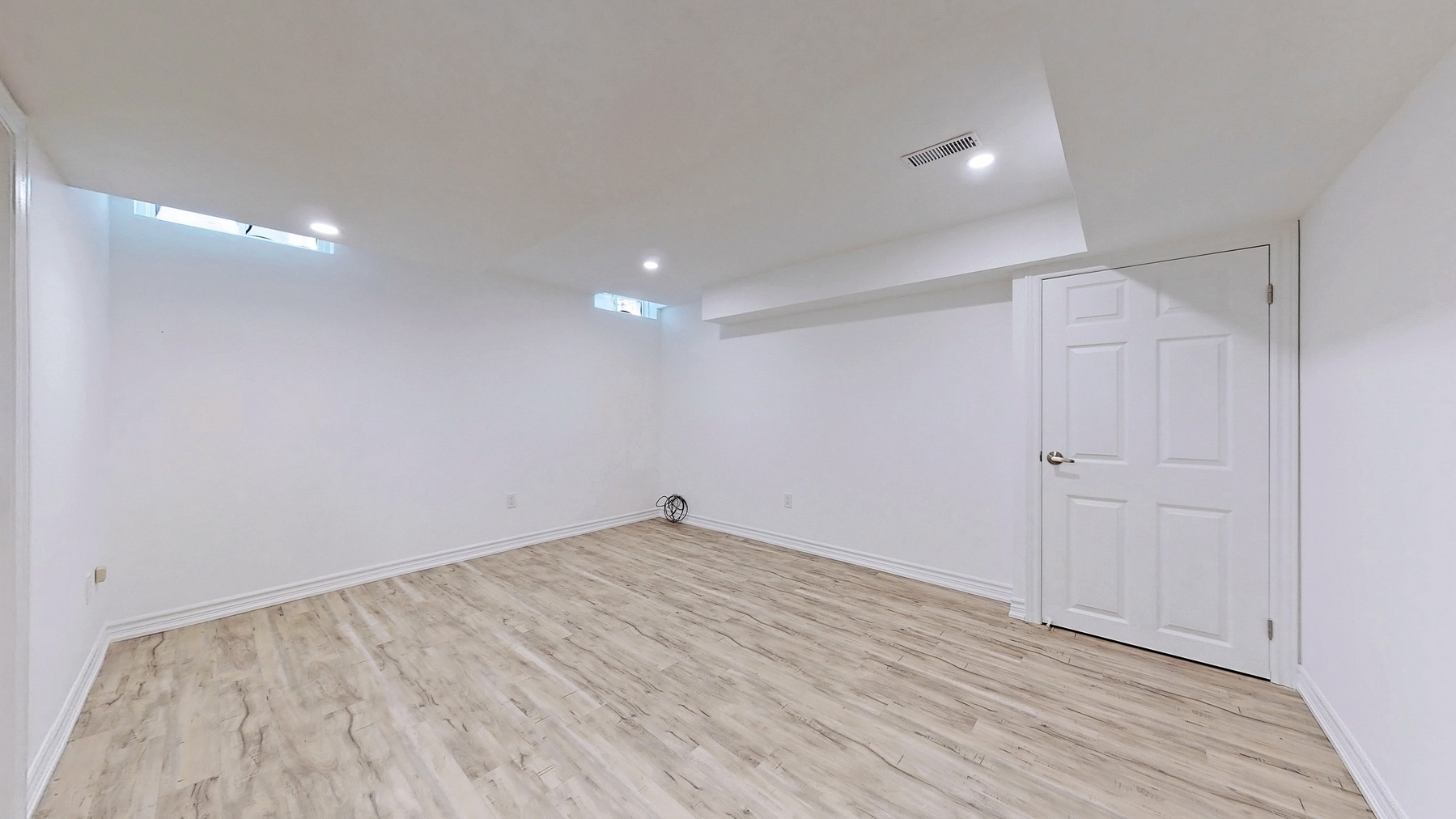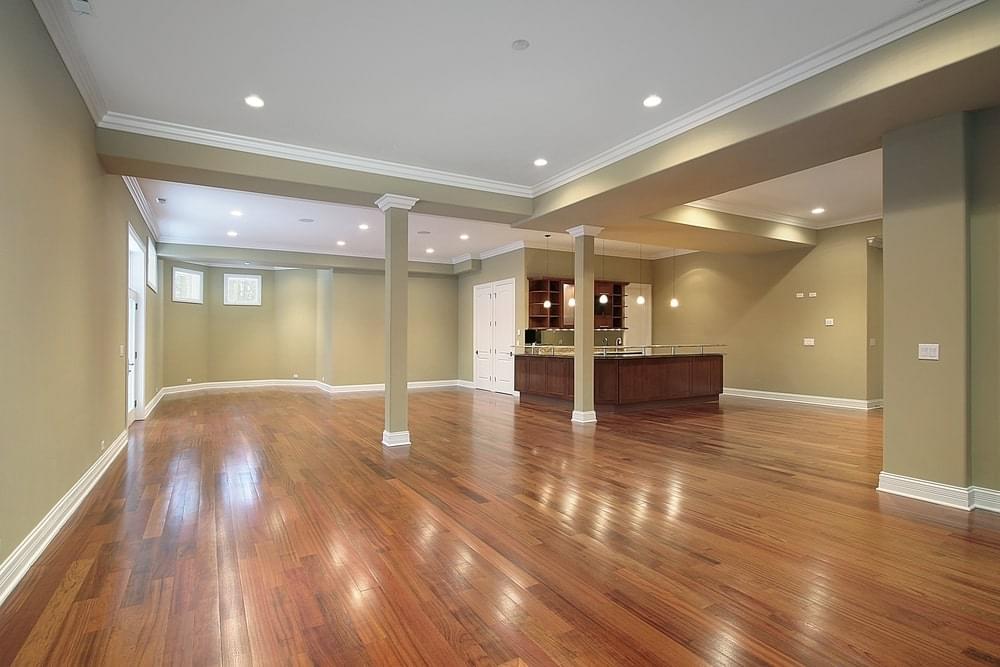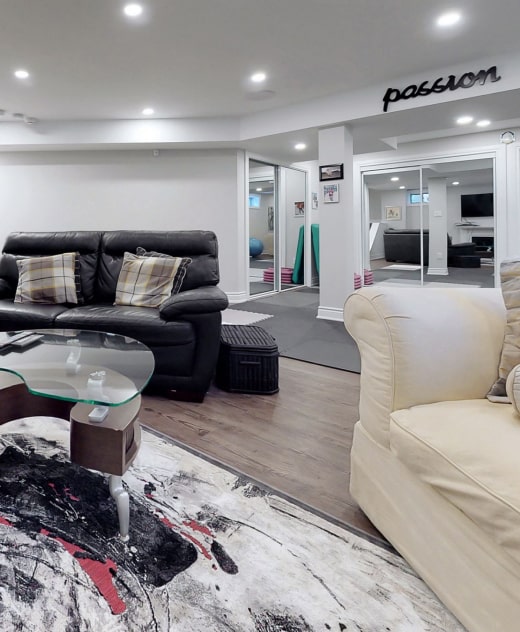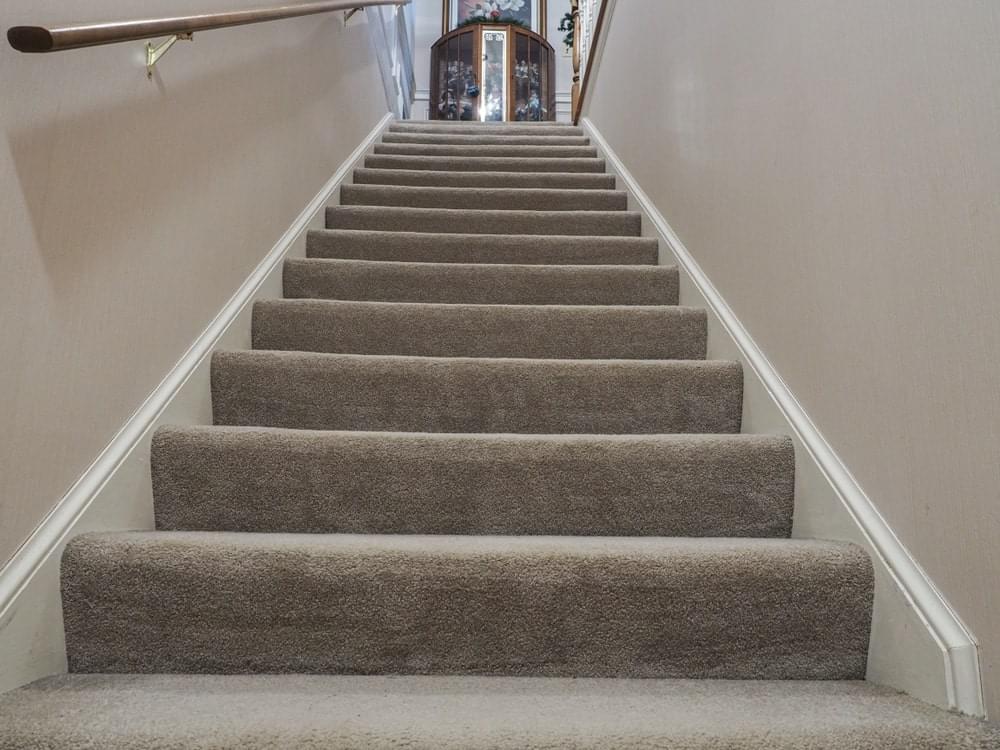Heating Your Basement in Winter
The basement temperature plays a pivotal role in the whole house’s climate: it affects energy efficiency, the level of moisture, and the temperature in the first-floor rooms. Keep reading to discover the best practices and costs of winter basement heating. This material by the CSG renovation company describes the reasons for a cold basement and heat loss prevention.
Why is My Basement so Cold?
Basements are naturally cooler than other rooms due to the location – the lowest point of the building tends to be cold even in Summer. The temperature difference, however, may be caused by more reasons:
- Improper installation of heating systems;
- Poor insulation and sealing;
- Inefficient ventilation;
- Homes in humid climates tend to have colder (and damp) basements due to moisture.
Basic physical laws also have to do with cold basements – hot air tends to rise, which makes the second/third floor rooms the warmest (sometimes even hot), while lower points remain cooler.

How to Prevent Heat Loss in the Basement in Winter?
You’ll always have time to install additional heating systems. It’s a good idea to start by disposing of leaks and preventing heat loss, though.
Use a Thermal Camera to Find Heat Leak Spots
There’s no need for professional equipment, as amateur thermal detectors manage the task as well. Turn the detector on, stand in the center of your basement, and see which spots are marked as the coldest ones. These places cause heat leaks, leading to inefficient power management.
Provide Isolation for Headers and Rim Joints
Joints and headers touch the concrete floor, leading to heat conductivity. Isolate them with extruded foam insulation:
- Cut a 0.5/1 inch of the foam.
- Insert them into the interstructure spaces.
- Apply the sealant.
As an alternative, put fiberglass in the cavities.
Protect the Basement Ducts
While ducts are a necessary part of ventilation, they also bring cold air into the basement. Replacing metal ducts with isolated ones is the best idea, yet a costly one. Alternatively, insulate existing tubes with extruded foam.
Try Better Vent Flaps
Plastic doors provide heat conductivity and cannot protect ventilation from the wild and cold air. Instead, purchase the new-era type of flaps – “floating shuttle” protects the basement from humidity and low temperatures.
Insulate the First-Story Walls
Looking for the cold air source, homeowners often neglect the first-story rooms. Their insulation is a costly option, yet the first-story isolation stops the cold air from descending and the hot air from rising, leaving the basement.
Heat the Basement with Utilities
Before paying for specialized heating systems, see which utilities may help. Place your washing machines, water heaters, dryers, and other utility devices in the basement for an extra source of warmth.

How to Heat a Basement Efficiently
The CSG renovation company offers full basement renovation and heating systems installation. The company’s experts shared the best practices for basement heating.
HVAC Systems
These detectors control the room’s temperature and warn you once it is too low or too high. Install HVAC in your basement for timely control over the climate. This is rather a preparation step to analyze the current temperature and control an ideal climate in the future.
Consider a Fireplace
Wood, electric, and gas fireplaces are both an interior solution and a cost-efficient way to warm the place up. However, this solution requires constant monitoring, and you cannot leave the fireplace on when you are not in the basement yourself.
Install Wood Pellet Stoves
These furnaces utilize wood blocks for continuous, controlled space heating. This is a financially advantageous solution, but it requires responsibility. Be sure to install a chimney gas vent with professional assistance. Your life may depend on ventilation!
Wall Heating Systems
In 2025, choose between gas and electric wall heaters. In the former case, you definitely need good ventilation, and in the latter case, you need access to electrical outlets. This method is convenient because it does not occupy the space of the basement – the devices are separated on the walls.
Floor Heating
Radiant floor systems are safe, hypoallergenic, and the most comprehensive heating systems available. In this case, heat is transferred through infrared radiation using conductors. This system requires professional installation, but it lasts for decades and does not require extensive solutions.
Try Electric Space Heaters
Electric heaters are more of a local solution:
- Heat a limited part of the basement (for example, one small room);
- Turn the heater on and off when needed;
- Move the heater freely to places where sockets are available
This system does not require installation. Just order delivery and follow the manufacturer’s instructions for safe use.
Add Rugs and Wall Coverage
Replace slab floors with textile, rubber, or special engineering carpets. The same systems are used for walls and even ceilings.
Try Specialized Basement-Heating Systems
Baseboard heaters and wood pellet stoves are a specialized solution for basements. Use them to heat that particular room and not change the heating systems in your home. However, be prepared for challenges – for example, wood pellets can weigh 30-40 pounds and need constant replenishment.

Conclusion
The key reasons your basement is cold are humidity, location, and improper installation of heating systems – while the first two are inevitable, take control over the third one. Before adding more heat, examine the location and neutralize heat leakage points with thermal cameras. In some cases, you may come to need basement underpinning. Install protection on walls and the ceiling to prevent heat loss.
Finally, if you prefer intense heating, consider professional basement heating systems. CSG offers efficient and budget-friendly methods for basement heating, including proper installation.
Also of relevance to you: how much does a basement renovation cost.





